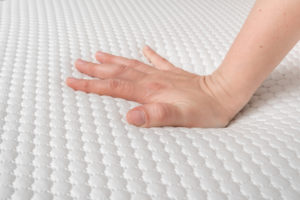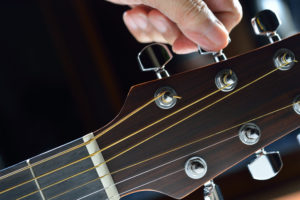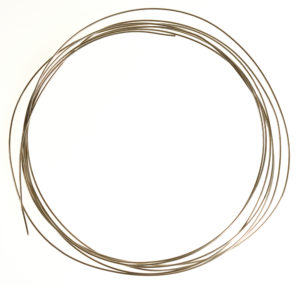Four Types of
Internal Forces
Vocabulary
Read the vocabulary terms to understand the reading better.
Bending
Bending is a force that makes a straight material curved; when bending a material, one side of the material is squeezed together which is compression, while the other side is stretched which is tension.
Compression
Compression is a force that pushes and squeezes an object and usually makes the object smaller, such as what happens when you squeeze water out of a wet sponge.
Internal Forces
Internal forces are forces that act from within a system.
Tension
Tension is a pulling force that stretches a material and usually makes the material longer, such as when you stretch the cheese on a pizza or chewing gum.
Torsion
Torsion is a twisting or turning force that acts on a material or object when one part of the object is turned in one direction and the other part is held in place or turned in the opposite direction (e.g., twisting off a jar lid).
An internal force is a force that acts from within the structure.
Let us look at four types of internal forces.
Compression
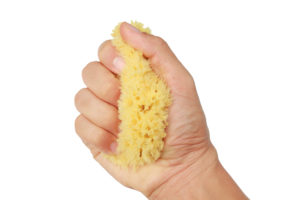
Compression is a pushing force that squeezes a material.
This force often makes materials shorter.
Example: Squeeze a sponge in your hand. You are creating compression.
Tension
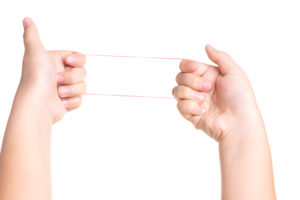
Tension is a pulling force that stretches a material.
This force often makes materials longer.
Example: Hold one end of an elastic band in each hand. Move your hands farther apart. You are creating tension that stretches the elastic band.
Torsion

Torsion is a twisting or turning force.
Example: To wring out a wet washcloth, you use the twisting force of torsion. You hold the washcloth in two hands and twist it in opposite directions to force out the water.
Bending
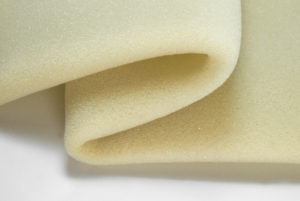
Bending is a force that makes a straight material curved. One side of the material squeezes together (compression). The other side stretches apart (tension).
Example: A soft or damp sponge is easy to bend. Hold it in both hands and bend it in the same way as shown in the diagram. Tension acts on the top side and compression acts on the bottom side.
Show What You Know!
Complete some questions about the reading selection by clicking “Begin Questions” below.

